My mother, (age 66), my self (42,) and my daughter (18) all went snorkeling together we had an awesome time. The guides were funny and had a lot of information. They...
In September 13, 2024Dive into a universe where colors, shapes, and patterns fuse to create living works of art. In this blog, you'll discover how marine animals use camouflage to survive, communicate, and hunt—and learn about the most fascinating species you can find on the reefs of Cancún.
Marine camouflage is an evolutionary strategy used by many aquatic organisms to blend into their surroundings, avoiding predators or stealthily ambushing prey. It includes:

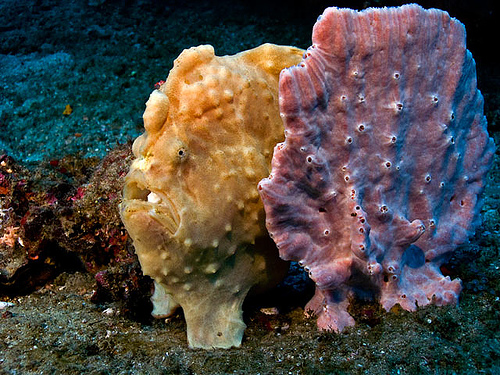
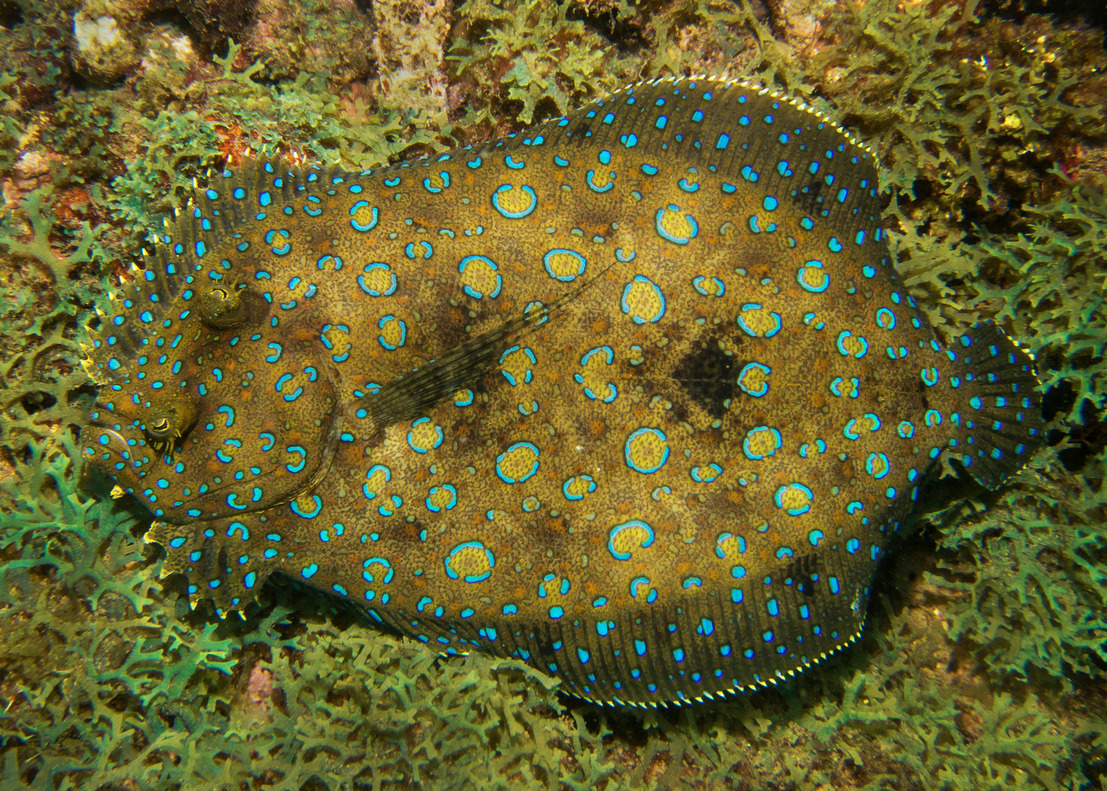
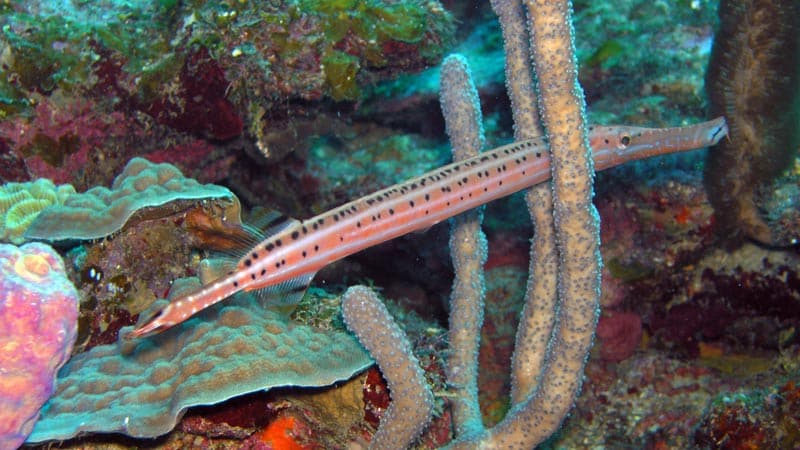
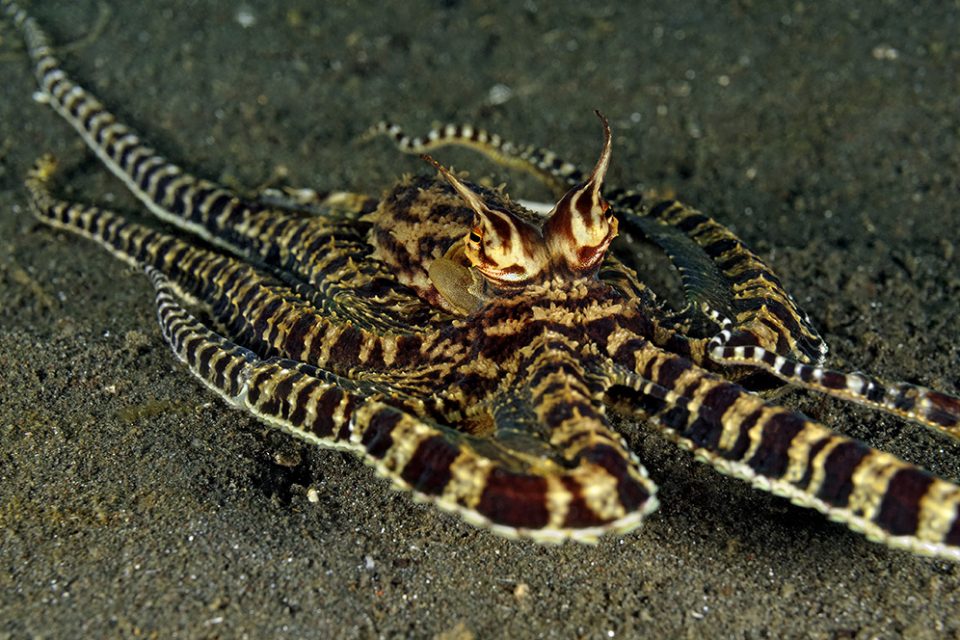

In the Riviera Maya (Cancún, Cozumel, Playa del Carmen, Tulum…), countless species use camouflage to survive among corals, sand, and seagrass. Here are the most interesting:
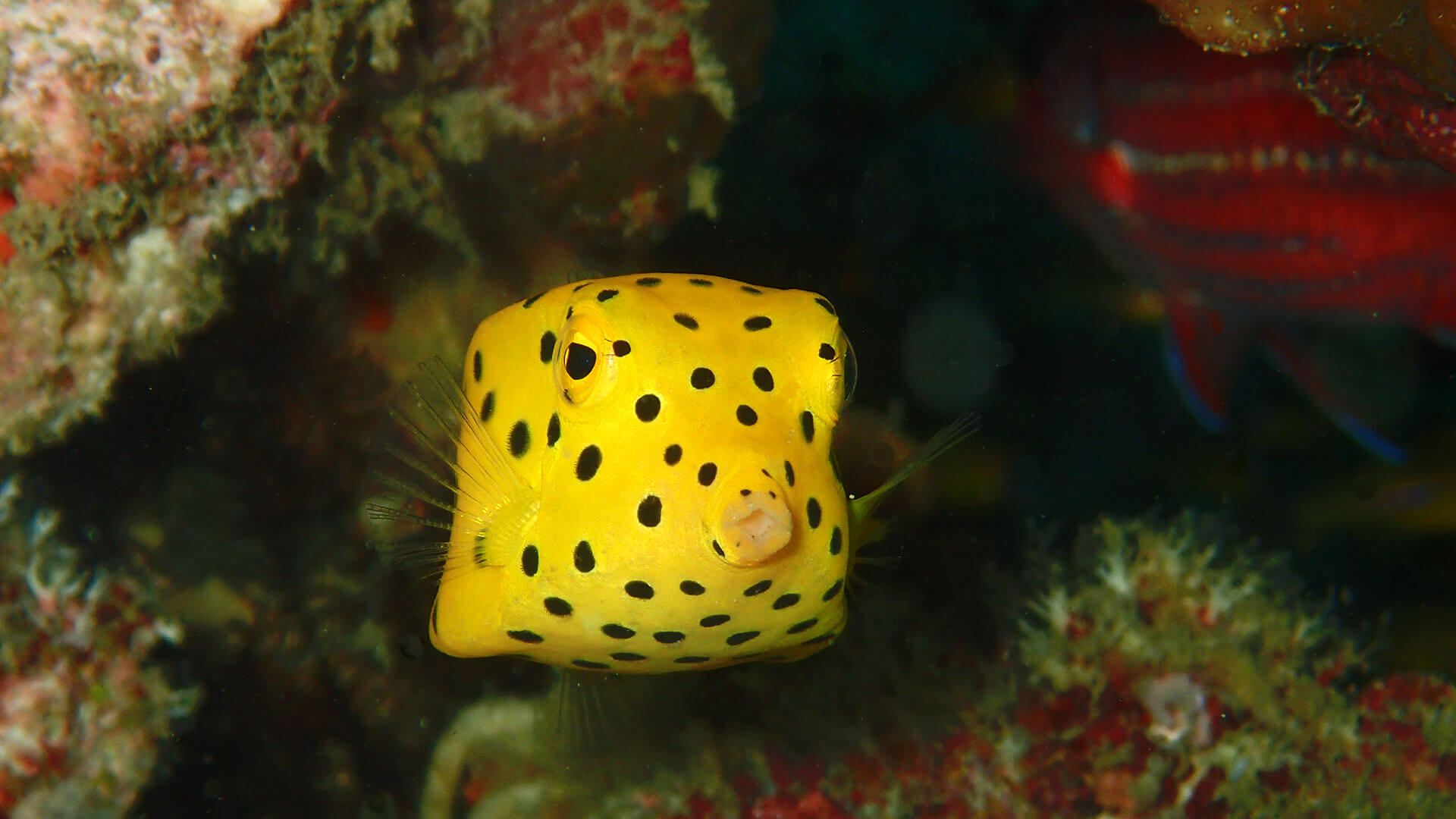
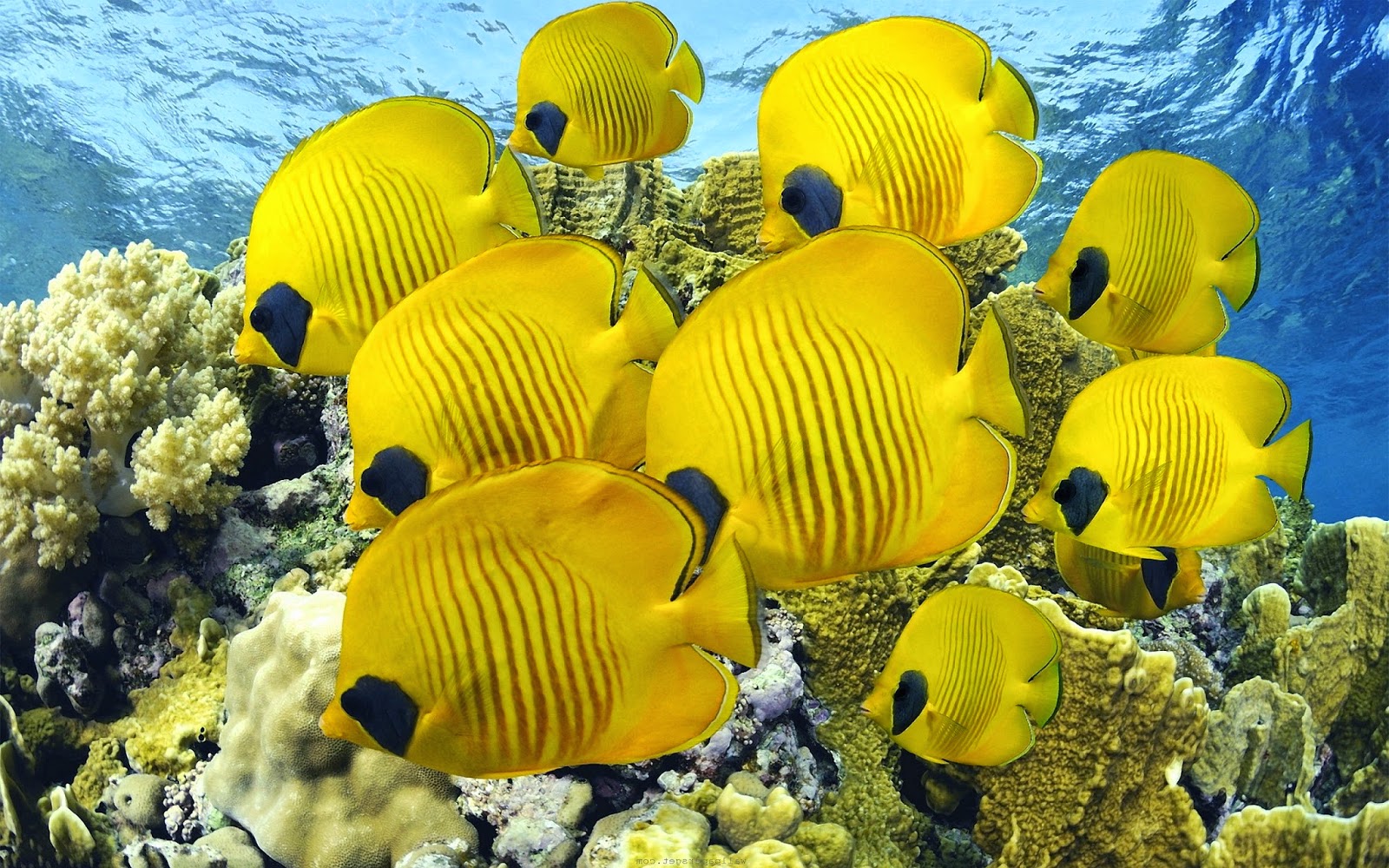
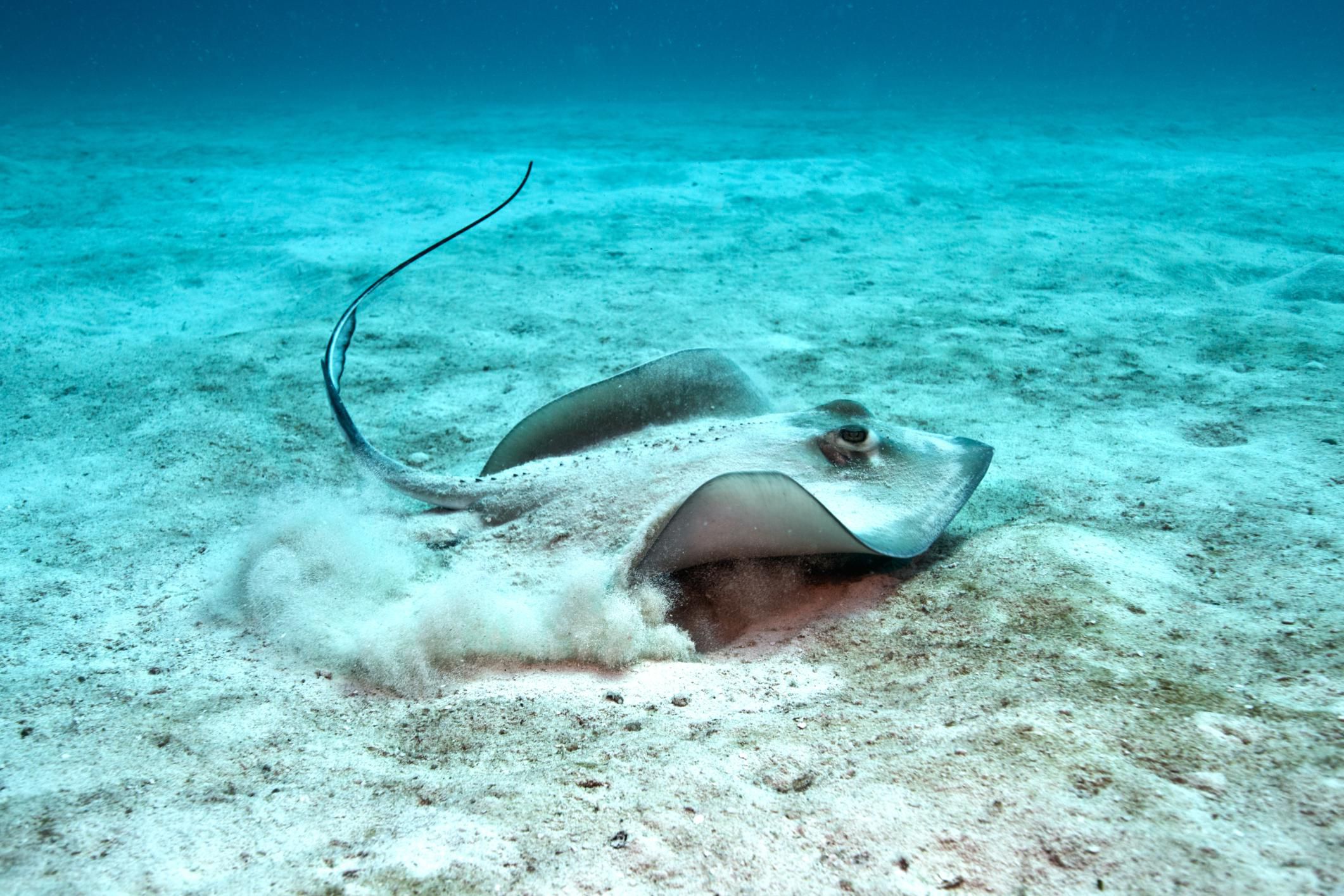
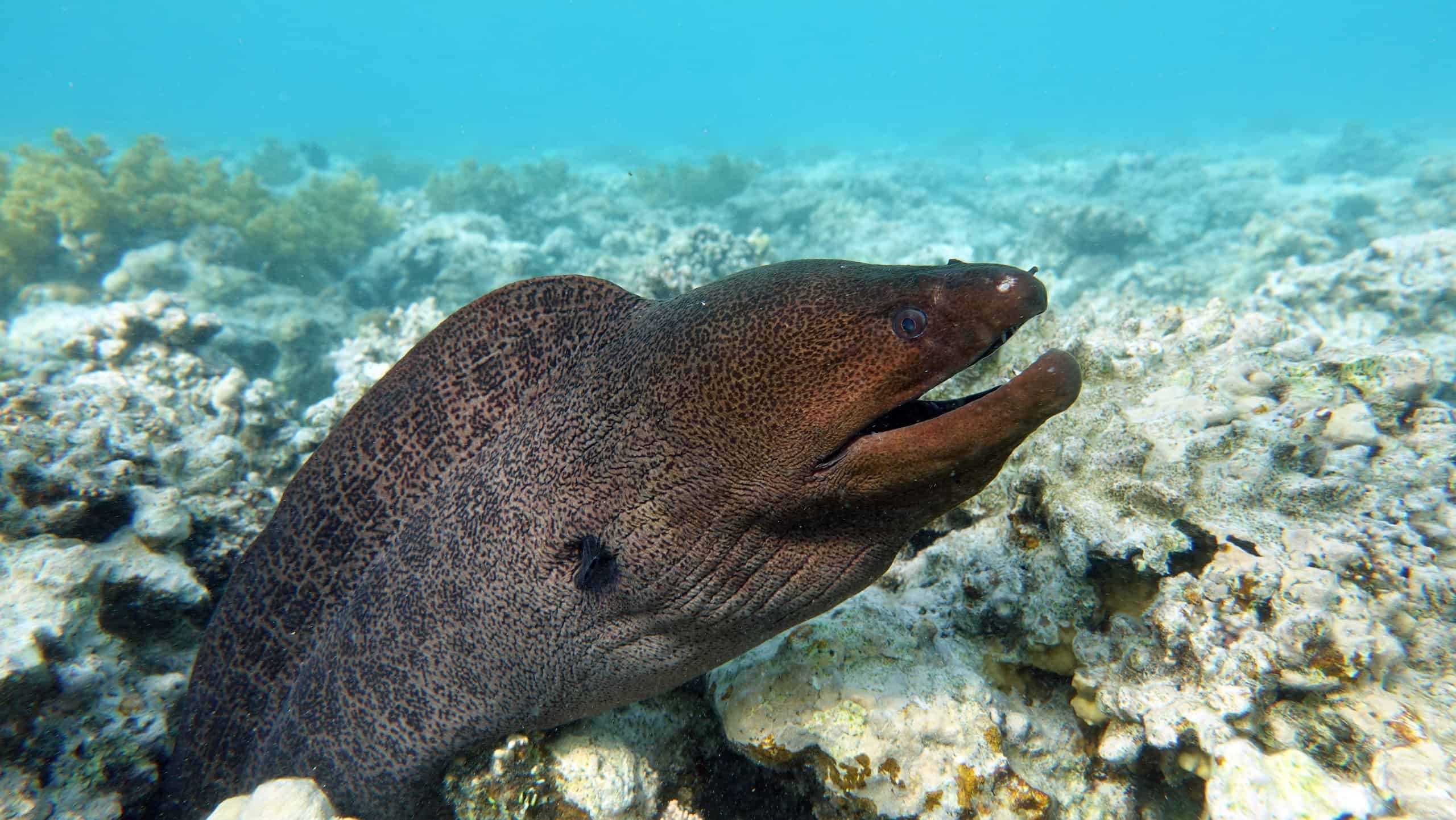
Although not extreme camouflagers, these species have interesting visual adaptations:
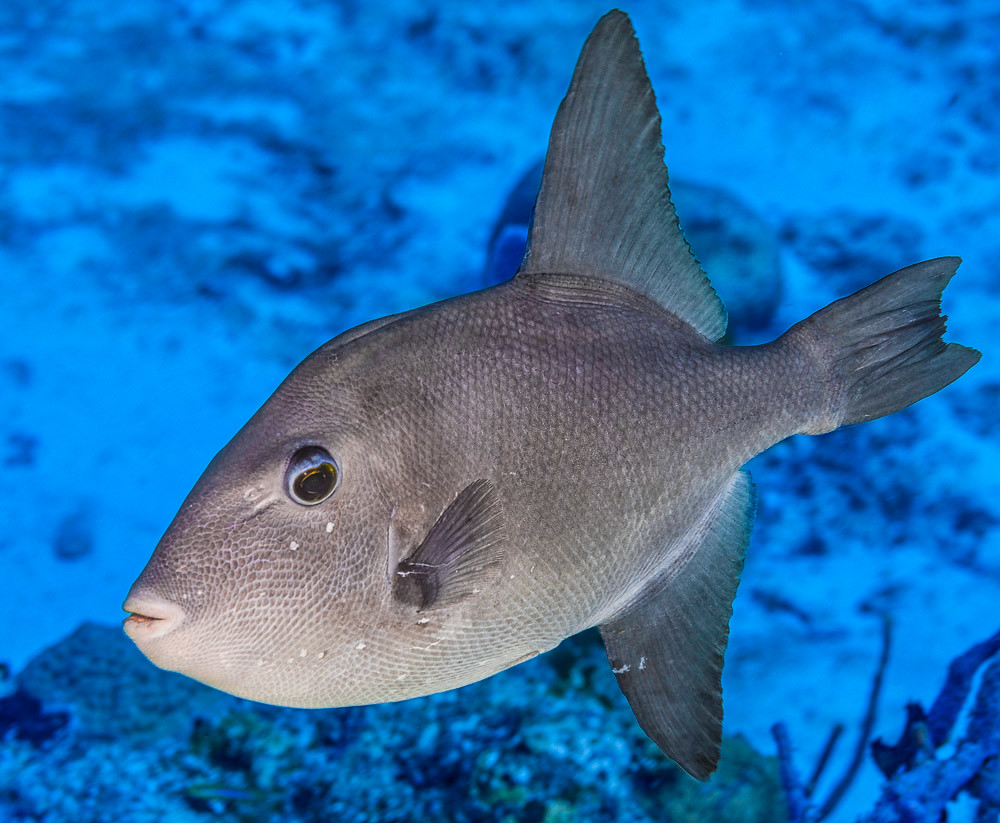
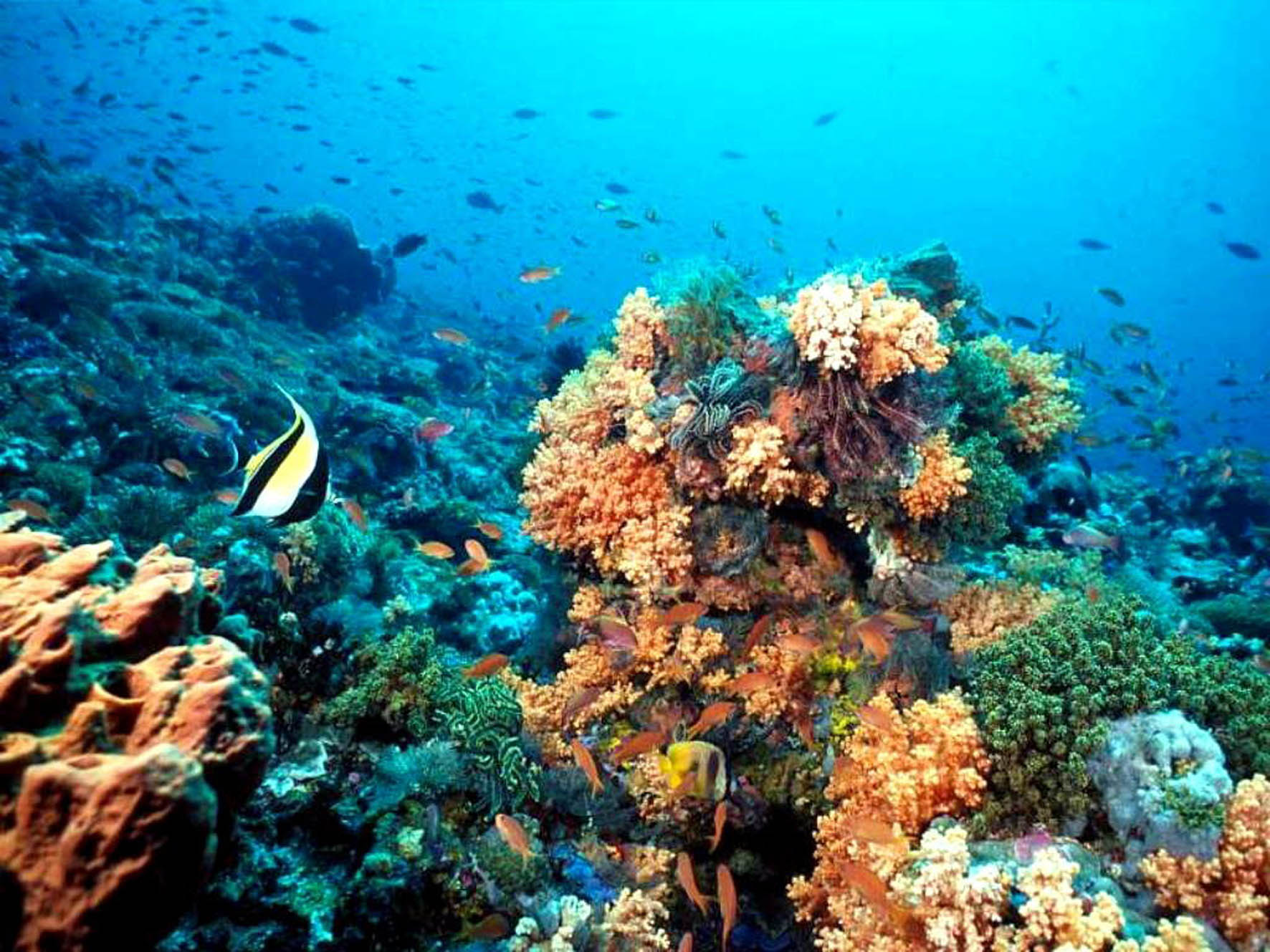
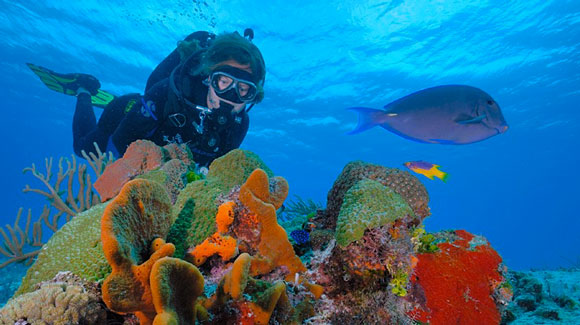
Cancún offers more than idyllic beaches—it’s a natural lab where marine camouflage reaches its peak. From the stealthy peacock flounder to the formidable scorpionfish, each dive unveils fascinating secrets that enrich snorkeling and diving experiences.
Did you like reading us? Keep the conversation going on social media, share and follow us:
Facebook: Facebook
Instagram: Cancun Snorkeling (@cancunsnorkeling_) • Fotos y videos de Instagram
My mother, (age 66), my self (42,) and my daughter (18) all went snorkeling together we had an awesome time. The guides were funny and had a lot of information. They...
In September 13, 2024Luis and the other tour guide (can’t remember the name sorry) were very nice and patient with everyone. They kept checking in on everyone to make sure no one got left...
In June 06, 2024Easy to get picked up and a great time snorkeling out in Puerto Morelos! Our guide and coral...
In April 25, 2024Our tour guides - Luis and Jesus - were amazing. They were very kind, patient and great at guiding us through the reefs. They would point out large aquatic life and...
In April 11, 2024We took our family of 9 on a snorkel trip with this company and had the best time! Our guides were super friendly and you could tell they love what they...
In February 29, 2024Our guides were amazing and definitely had a great time. I would recommend this to all my family and friends....
In February 29, 2024An amazing time seeing the reef! The staff were incredibly helpful and quick to point out...
In February 23, 2024The guides were great. Good time, had by all...
In February 22, 2024I have snorkeled at many locations, and this one near Puerto Morelos y undoubtedly one of the bests. Highly recommend...
In December 08, 2023They did an excellent job of taking care of everyone when we went snorkeling....
In December 03, 2023